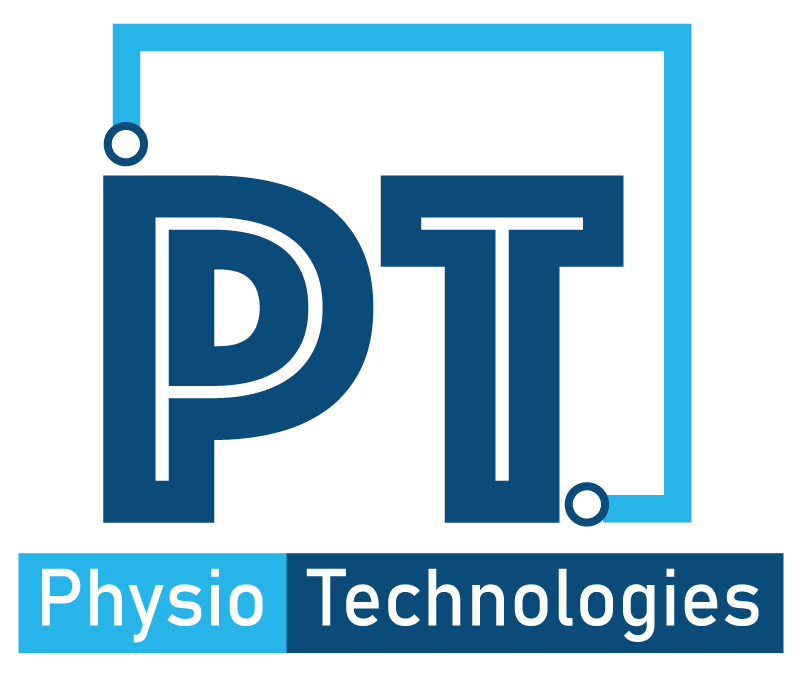The respiratory system relies on the efficient functioning of the mucociliary escalator and cough reflex to prevent airway obstruction. However, various factors can interfere with this natural defense mechanism, making it difficult to mobilize and evacuate secretions from the airways. This can lead to airway obstruction, structural damage to the airways, and recurrent infection. To aid in the removal of secretions, Airway Clearance Techniques (ACTs) and devices are used. In this article, we will differentiate ACTs into three basic groups: Breathing Techniques, Manual Techniques, and Devices.
Breathing Techniques
Active Cycle of Breathing Technique (ACBT) and Autogenic Drainage (AD) are two examples of Breathing Techniques used to mobilize and remove secretions from the airways.
Active Cycle of Breathing Technique (ACBT) involves a series of alternating cycles of breathing control or relaxed breathing, thoracic expansion exercises, and the forced expiration technique to facilitate the removal of secretions. The technique starts with the patient performing relaxed breathing for a few minutes, followed by deep breaths and coughing to clear any secretions. Then, the patient performs thoracic expansion exercises to mobilize secretions, followed by another set of deep breaths and coughing to remove the secretions.
Autogenic Drainage (AD) is a breathing technique that uses a combination of low volume breathing, normal tidal volume breathing, and high volume breathing to help loosen, collect, and remove secretions from the airways. The technique starts with low volume breathing to loosen the secretions from the smaller airways, followed by normal tidal volume breathing to collect the secretions in the larger airways. Finally, high volume breathing is used to maximize expiratory flow and move the secretions to the central airways, from where they can be cleared easily by coughing.
Manual Techniques
Postural Drainage (PD) and techniques like Clapping, Percussion, and Vibration are examples of Manual Techniques used to aid in the removal of secretions from the airways.
Postural Drainage (PD) involves the use of patient positioning to assist gravity in facilitating the movement of secretions from peripheral airways to the larger bronchi where they can be cleared. The patient is positioned with the affected lung(s) uppermost and various postures are used to target different areas of the lungs. Clapping or percussion involves the manual external striking of the chest wall with a cupped hand or mechanical device in a rhythmic fashion to loosen secretions from the bronchial walls. Vibrations are applied to the external chest wall by placing both hands (one over the other) over the area of the patient’s chest wall to be vibrated, then tensing and contracting the shoulder and arm muscles while the patient exhales to mobilize secretions cephalad, or using a mechanical vibrator device with firm contact over the area of the patient’s chest wall to be vibrated.
Devices
Positive Expiratory Pressure (PEP), Oscillatory Positive Expiratory Pressure (OPEP), High Frequency Chest Wall Oscillation/Compression (HFCWO/C), and Mechanical Cough Assist are examples of Devices used to aid in the removal of secretions from the airways.
Positive Expiratory Pressure (PEP) devices consist of a user interface (face mask or mouthpiece) and a one-way valve attached to an expiratory resistor. A manometer may be used to monitor pressures during the maneuver. Tidal breathing, with a slightly active expiration through the expiratory resistor, will produce expiratory pressures of 10–20cm H2O at mid-expiration to stent airways open or increase intra-thoracic pressure.
Oscillatory Positive Expiratory Pressure (OPEP): OPEP therapy devices use a mechanical means to interrupt flow, and an expiratory resistor to create air flow oscillations during active exhalation of a tidal volume breathe through the device. Air flow oscillations reportedly decrease the viscoelastic properties of mucus, making it easier to mobilize.
High Frequency Chest Wall Oscillation/Compression (HFCWO/C): An inflatable vest is used to apply high-frequency, small-volume expiratory pulses to the external chest wall. Negative trans-respiratory pressure is generated by the short, rapid expiratory flow pulses at 2–25 Hz, to loosen, collect, and mobilize airway secretions.
Mechanical Cough Assist: Positive pressure is provided during inspiration to provide a slightly larger than tidal breath, followed by negative pressure to expel secretions from the airways. Usually 5 cycles of positive (inspiration) and negative (expiration) pressure breaths are followed by a period of normal breathing for 20–30 seconds, to avoid hyperventilation. The sequence is repeated until no further secretions are expulsed.
